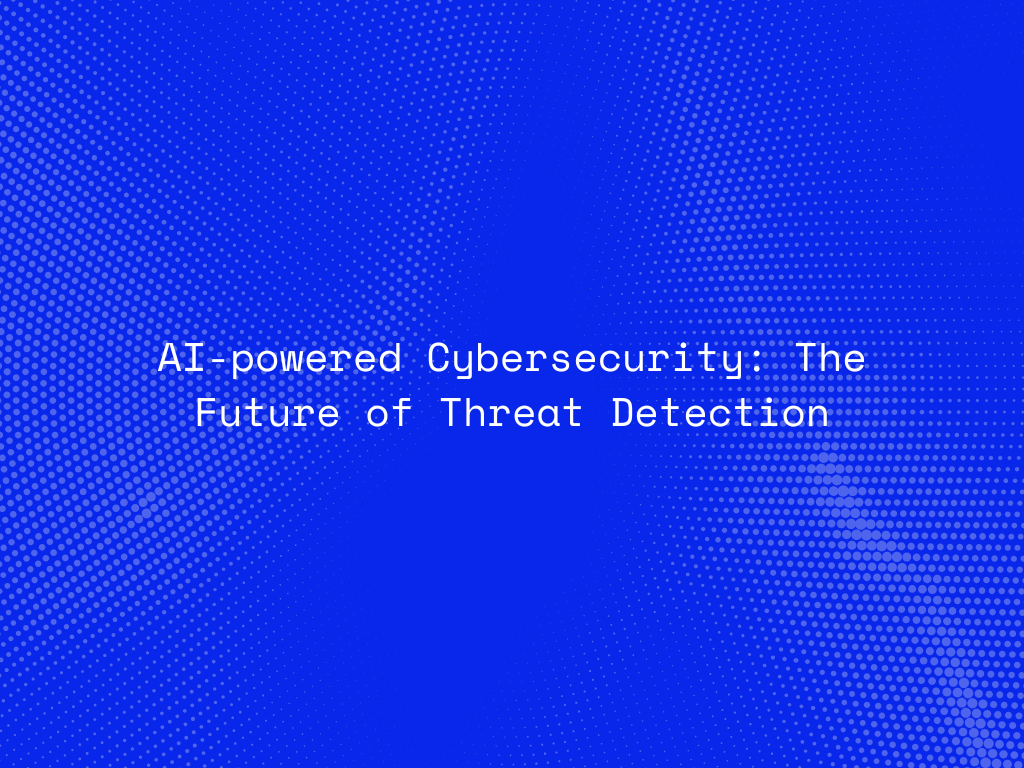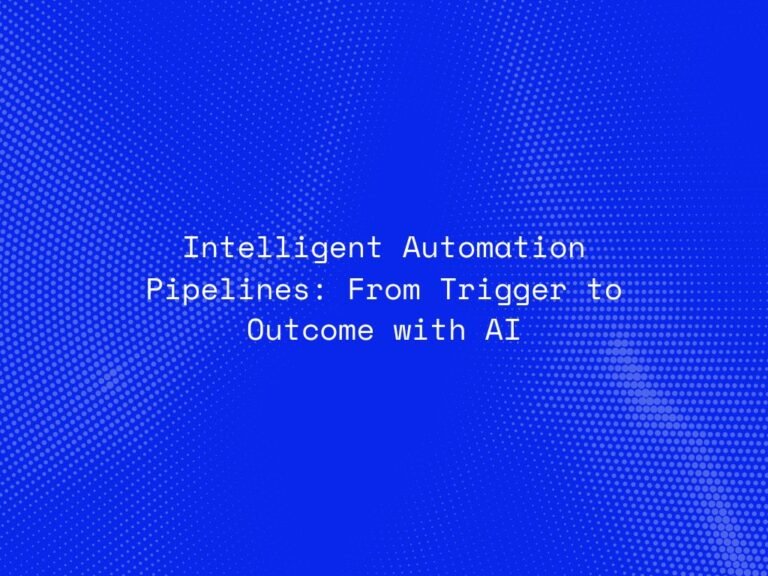As businesses become increasingly reliant on digital infrastructure, the threat landscape evolves, with cyberattacks growing more frequent, sophisticated, and damaging. Traditional cybersecurity methods, though essential, often struggle to keep up with the pace and complexity of modern threats. This is where artificial intelligence (AI) steps in, revolutionizing threat detection and response. AI-powered cybersecurity leverages machine learning, big data, and automation to proactively detect, mitigate, and prevent cyber threats in ways that were previously unimaginable.
In this blog, we’ll explore how AI is transforming cybersecurity, its innovative applications, and its critical role in safeguarding the digital future.
Why AI is a Game-Changer in Cybersecurity
Modern cybersecurity challenges have outpaced the capabilities of manual and static defenses:
- Volume of Threats: Businesses face thousands of daily attacks, from phishing attempts to sophisticated ransomware campaigns.
- Complexity of Attacks: Threat actors use advanced techniques, including polymorphic malware and multi-vector attacks, making detection harder.
- Short Response Times: The window to identify and neutralize an attack is shrinking, demanding faster, more efficient solutions.
AI addresses these challenges with unprecedented speed, precision, and adaptability, reshaping the core of cybersecurity strategies.
How AI is Revolutionizing Threat Detection
1. Real-Time Anomaly Detection
AI systems continuously monitor network activity, detecting deviations from normal patterns that could indicate a potential attack.
Applications:
- Spotting unauthorized access attempts or insider threats.
- Identifying unusual data transfers that may signify exfiltration attempts.
Benefits: AI-powered anomaly detection minimizes response times, allowing organizations to act before significant damage occurs.
2. Predictive Threat Intelligence
AI models analyze historical data, threat patterns, and external intelligence to predict emerging risks and vulnerabilities.
Applications:
- Anticipating ransomware campaigns based on global threat trends.
- Highlighting weak spots in systems before attackers can exploit them.
Benefits: Organizations gain a proactive edge, fortifying defenses against potential threats.
3. Automated Threat Response
AI-enabled tools can respond to identified threats instantly, reducing reliance on manual intervention.
Examples:
- Isolating compromised devices to prevent the spread of malware.
- Blocking suspicious IP addresses or traffic patterns in real-time.
Benefits: Automation ensures rapid containment, mitigating damage and reducing operational downtime.
4. Advanced Threat Hunting
By analyzing vast datasets and threat intelligence, AI assists security teams in uncovering hidden threats.
Key Features:
- Using machine learning to identify patterns within security logs.
- Employing Natural Language Processing (NLP) to analyze global cybersecurity reports and advisories.
Benefits: Threat hunting becomes more efficient and accurate, enabling teams to focus on strategic tasks.
AI in Action: Real-World Applications Across Industries
1. Financial Services
Banks and financial institutions deploy AI to detect and prevent fraud by analyzing transaction patterns and identifying anomalies in real time.
2. Healthcare
AI secures sensitive patient records by monitoring access and detecting unauthorized attempts to breach electronic health systems.
3. Critical Infrastructure
AI-powered systems protect energy grids, transportation networks, and water supplies from cyberattacks targeting essential services.
4. E-Commerce
Retail platforms leverage AI to secure payment gateways, prevent account takeovers, and detect fake reviews or scam listings.
Challenges of AI in Cybersecurity
While AI offers immense potential, implementing it in cybersecurity comes with its own set of challenges:
- False Positives: Overzealous algorithms can mistakenly flag legitimate activities, causing unnecessary disruptions.
- Algorithmic Bias: Poorly trained models might overlook specific attack vectors or disproportionately flag certain activities.
- Data Privacy Concerns: AI relies on vast datasets, raising questions about the ethical use of sensitive information.
- Skilled Workforce: Organizations often face a shortage of experts capable of managing and interpreting AI-driven tools.
Overcoming these challenges requires robust model training, ethical practices, and continuous monitoring of AI systems.

Future Trends in AI-powered Cybersecurity
1. Explainable AI
As AI systems become more integral to cybersecurity, making their decision-making processes transparent will be crucial. Explainable AI (XAI) will ensure organizations understand how threats are identified and decisions are made, improving trust and reliability.
2. Federated Learning
This technique enables AI models to train on data across multiple organizations without sharing sensitive information, enhancing collaborative cybersecurity efforts while preserving privacy.
3. Integration with IoT Security
With billions of IoT devices coming online, AI will play a pivotal role in securing these endpoints from attacks targeting smart homes, industrial IoT, and connected vehicles.
4. Adaptive Security Models
AI systems will evolve to predict attacker strategies and dynamically adjust defenses, making them resilient against even the most sophisticated cyber threats.
Conclusion:
AI-powered cybersecurity represents the future of digital protection. With capabilities like real-time anomaly detection, predictive intelligence, and automated responses, AI is not just a tool—it’s a fundamental shift in how we approach security. As cyber threats continue to evolve, organizations that embrace AI-driven solutions will be better equipped to protect their assets, customers, and reputations.
The integration of AI in cybersecurity is not without its challenges, but with proper implementation and ethical considerations, it promises a safer, more secure digital landscape for everyone.




